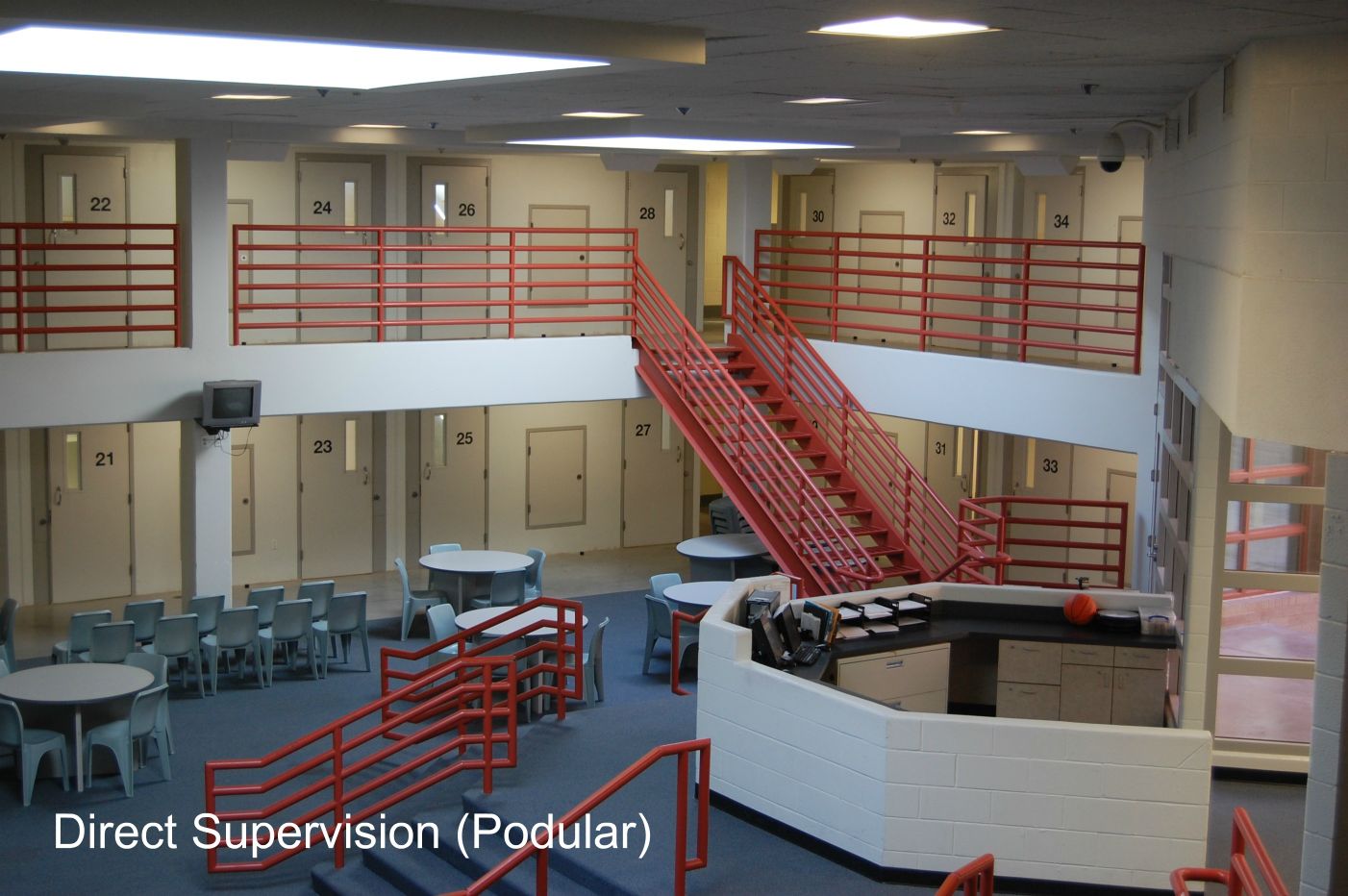Vandebilt makes coaching moves
June 23, 2015
Coleman named interim Houma PD chief; first black to hold the job
June 23, 2015Completion of a new jail for Lafourche Parish is still at least two years away by the best available accounts, and the choice of an architect has not yet been formalized.
But officials are close to a final decision, and key choices including how inmates will be housed and supervised have already been made, Lafourche Parish Sheriff Craig Webre said.
The biggest change in operations will be an approach called “direct supervision,” generally favored by accrediting agencies and correctional experts.
As the name implies, in a direct supervision jail officers are not separated from inmates in housing areas, but have visual and physical control and contact.
“The officer is in the housing unit along with the inmates,” Webre said. “There are many advantages from a management perspective. It is a radical transformation from where we are and will require an extensive amount of training and re-indoctrination. It minimizes the issues that you would normally have and a lot depends on the proper classification of inmates.”
Design and construction have not been budgeted yet, although Webre estimates a need for $25 to $30 million. The jail will have between 500 and 600 beds. A site has not been chosen but is likely to be within proximity of the current jail. Webre said the sites under consideration are not likely to raise concerns from residential communities.
“We are currently in the final stages of negotiations to hire an architect,” the sheriff said. The proposal submitted by HDR of Dallas was the most favored. The fees will be based on a percentage of the overall cost. The firm’s proposal includes examples of direct supervision projects they have been involved with more than 20 years; The proposed project team members, who are named in the proposal, include structural engineer Michael Badeaux and Leonard J. Chauvin, an engineer and land surveyor.
An internal working group within the Sheriff’s Office has met regularly since 2013.
After taxpayers agreed to a 0.2 percent sales tax to pay for the project last year, Webre said, the meetings were held weekly.
Day-long workshops with specialized groups of employees, the sheriff explained, helped to “further pinpoint the architectural needs around the functions of the facility.”
The working group quickly realized, he said, that input from community leaders was needed.
Educational programs, mental health counseling, medical care, and family participation programs are among the points of discussion with the outside advisory group.
Its members included local government officials including those from the court system, the District Attorney’s Office, public schools and libraries, civic organizations and the American Civil Liberties Union, Webre said.
“The members of the Jail Advisory Group were essential to helping plan the direction and focus of this facility,” he said.
South Dakota-based jail consultant James “Jim” Rowenhorst is helping Lafourche guide the project; his services were contracted based on a recommendation from the National Institute of Corrections. He did a study for Lafourche Parish Government in 2009.
“Jim is a former jail administrator and has worked as a consultant on more than 150 projects in 42 states. He will ensure we are covering every aspect in order to construct a world-class facility,” Webre said.
In his 2009 report, Lowenhurst estimated Lafourche would need a 900-bed jail with an estimated cost of $50 million. The plans currently under consideration are considerably smaller and the price tag is smaller as well.
Webre said the new jail will be constructed in a manner that will allow easy add-ons should the needs of the parish exceed its initial specifications.
Parish Council member Lindel Toups, who had questioned the need for a tax and had other past issues with the process of deciding how to meet Lafourche’s jail needs, said Sunday he is comfortable with how Webre is progressing.
“I am comfortable with it,” Toups said. “I think the sheriff is going to do a good job, he is professional, he is going to do it the right way. I am going to back him up.”
The design proposal from HDR includes provisions for jail staff and management to be deeply involved with the design process.
Webre agrees that’s essential, because of the sensitive details that go into operating and maintaining a jail, which can be helped along by proper design or thwarted by bad design decisions.
That’s crucial where a direct supervision model is followed, noted Webre, who offered explanations of why jail operation is so arduous.
“Classification must consider a number of factors,” he said, explaining the process of choosing housing areas within a jail when an inmate is first brought in.
“You have some inmates who have histories where they may have enemies in the jail,” Webre said. “You have to protect them. At the same time you need to make sure you don’t allow people to team up in terms of gang activities. There are housing pods for inmates who are vulnerable, and another for the general population requiring medium security.”
The jail would have provisions for housing of inmates who pose a risk to officers or other inmates, although the majority of the population would fall into the former category, Webre said.
The current Lafourche jail is a malodorous lockup that forces correctional officers almost daily to improvise how they interact with inmates and cope with a failing infrastructure. Chronic problems with plumbing and even security devices – in one cell block a set of handcuffs was used to secure a door whose broken lock could not be replaced – has drawn attention for a decade but no effective push for change until recently.
Its design is an outmoded network of catwalks and cells that isolate inmates from officers and make for delays in help reaching either when emergencies occur.
A jail in operation for more than 20 years in Collin County, Texas, is viewed as the model for the new Lafourche jail, although the new lockup will not be an exact duplicate.
“It was one of the first jails to embrace direct supervision,” Webre said. “They were able to give us all the nuances and will assist us as we start transitioning staff, with getting acclimated.”
Webre said working toward building the new jail is unlike any other task he has ever encountered.
“You cannot just put up a bunch of walls to create this building,” he said. “This is a functional facility where safety for the inmates and officers will be paramount while also serving as a rehabilitation center to return more productive citizens to our community.”
The Lafourche Parish Sheriff’s Office wants a direct supervision design for its new jail, similar to the one pictured. The open control panel at right allows contact and communication between officers and inmates. Sheriff Craig Webre says the jail will likely take $25-$35 million to build and will house up to 600 inmates.













